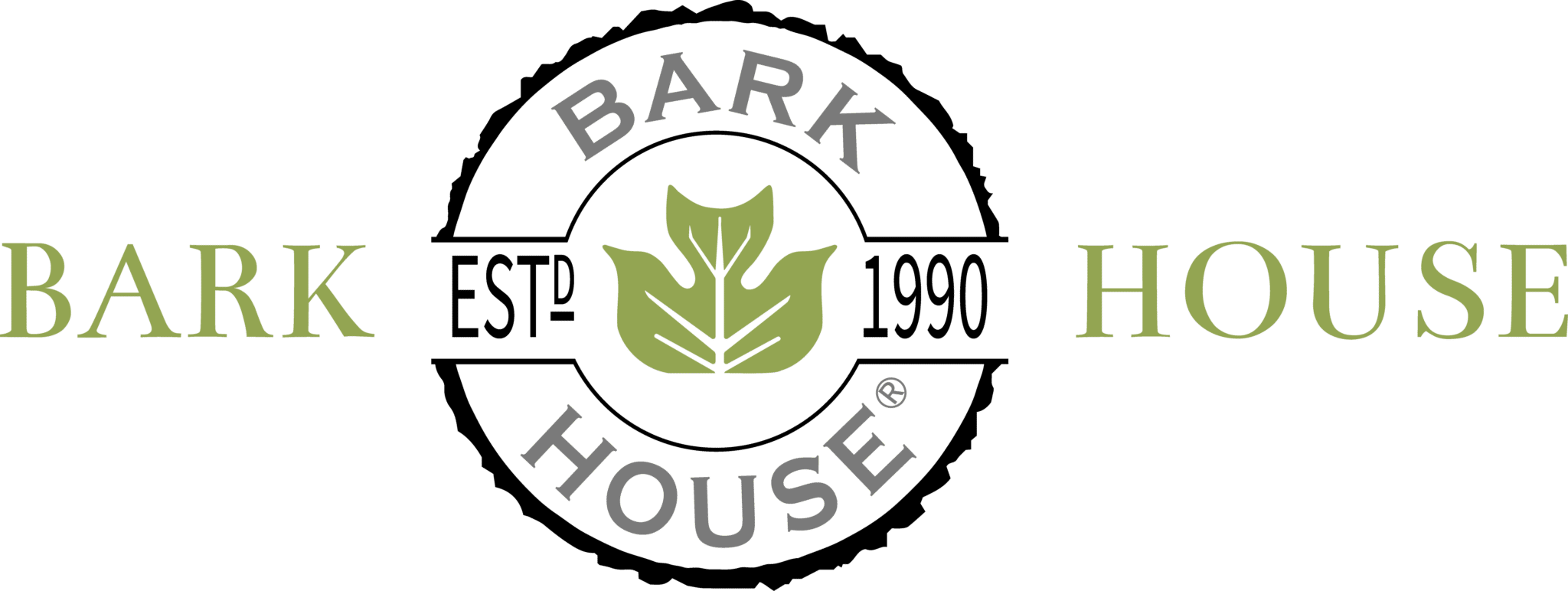Every building owner, designer and developer has a vision for their project. In the past, the lack of regenerative products in the marketplace overwhelmed the client’s and Designer’s intuition about what their project was uniquely capable of. The Designers of the built environment have a tremendous responsibility. They focus on their customers’ dreams and the impact their building will have on the planet. They are devoted to identifying available products that meet these complex needs. Designers whom we work with are helping clients to engage in building lasting prosperity with shared resilience in communities of need that state that they are benefiting. They are demonstrating the good within human-nature. Plus, they are helping to improve the natural environment.
A recent study conducted by the Norwegian University of Science and Technology, related that big cuts in our environmental impact would not occur by taking shorter showers or turning out the lights. The real environmental problem is embodied in the things we buy. As a manufacturing company we agree. As a small company, we also know that every human impact counts. We know something more as well. The Built Environment represents one of the largest shared impacts that society has on the planet. Our thoughtful consideration of the products we invest in that make up this sector can have an enormous impact.
In honor of Earth Day, it seems an important duty as a regenerative business with a quarter century of experience to share some of the questions we are asking and lessons we have learned, as our earth is in design. We acknowledge that this is not an unchanging, static planet. We affirm the role of businesses in that dynamic. Additionally, we are thankful for what nature has taught and continues to teach us. It is an honor to create both a business and products that were inspired by earth’s design. It’s a privilege to have products that Designers of the built environment choose to integrate into projects that change the world.
The world’s first and only Cradle to Cradle® Platinum Certified product was created by our small manufacturing company located in western North Carolina, The Bark House. The company has been awarded B Corp Best for the World and has a Record Product of the Year Award from Architectural Record. The design community is integrating regenerative products into their projects all over the world. Change is no longer an ideal we are shooting for; all of this is happening today.
Regenerative Business Design
A regenerative business seeks to create whole-system benefits that uniquely exist in the physical and operational space that the business occupies. Active engagement with all stakeholders informs this process. Goals are generated by way of and are based on potential, as opposed to a problem orientation. Benefits are measured not by what the company states it is doing for stakeholders but on the benefits that stakeholders report they are receiving in relation to the company’s activities. This measurement can be reflected by a familiar paradigm: the people, planet and shared prosperity triad as it relates to our specific arena – the built environment.
People
- What health, social and cultural benefits and issues are stakeholders reporting in response to our interaction (product and service) with them?
Planet
- What are we doing to improve or harm the planet’s water resources, carbon in the environment and manage waste to build clean soil?
- What are we doing that honors nature’s design?
Prosperity
- What benefits do stakeholders report experiencing as related to our – and our clients’ – economic investments?
The Built Environment
- How can the Built Environment regenerate our world?
The quantitative and qualitative data that is gathered can be complex, as can be the methods of response. The goals that are derived from the main categories are not a borrowed check-list. They are unique core values that regenerative businesses must identify internally and respond to.
Be assured, the way that we make products, the products that we choose to buy, and what happens to them at the end of their usefulness are all impacting Earth’s Design. But it no longer has to be a confusing process. Regenerative businesses are not just waiting for customers. They are prepared to engage with consumers directly.
How can we all help?
- Engage with product manufacturers and ask questions that you care about.
- Share what you have learned with others.
- Invest in products and businesses that stakeholders report are doing good for the world.
